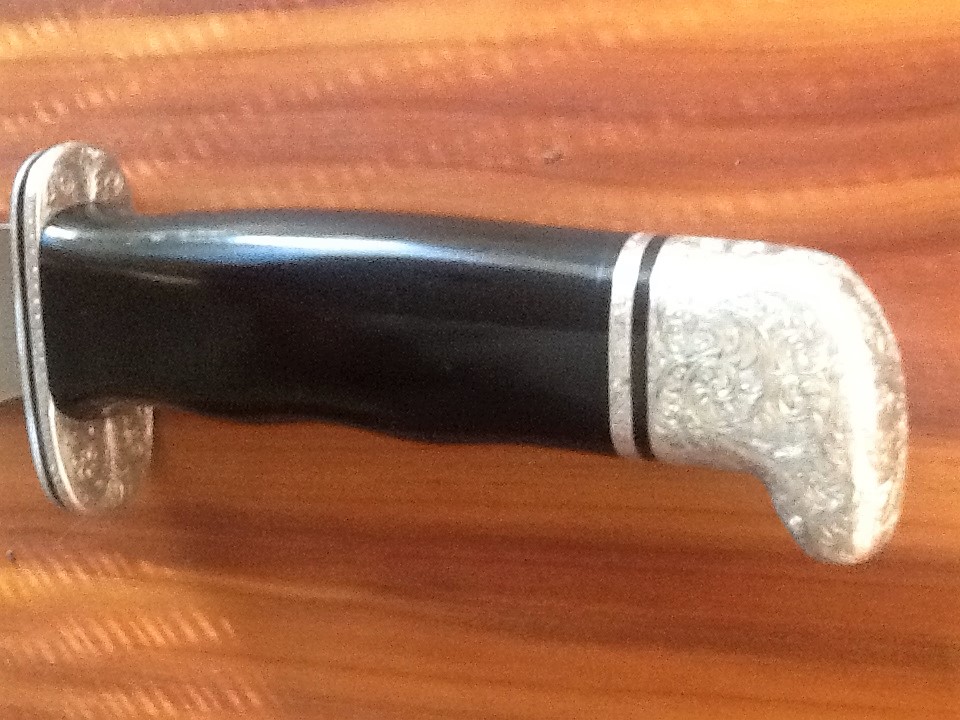Thanks,
David, 0 is much coarser than 000, and 0 didn't work. Didn't even seem to make it any lighter in color.
OWE, I figure sandpaper is the solution but since I can feel the depth of the K, I'm wondering if I should. I might have to remove a few thousands and that worries me.
I understand the hesitancy to use sandpaper. I have a few knives of my own that I've been on the fence over, for a long time, in whether I should do the same. So, it's something one needs to be sure of, in making the commitment to do it. Sometimes deep etches can be lightened or faded over some time, using something like metal polish (Flitz, Simichrome, etc) to scrub into the depth of it using a stiff brush, for example; that's something less aggressive to try, if you're inclined to. But with a deep etch, no matter what means is used, it'll alter the blade's finish to some degree, one way or another.
I suggested the sandpaper because I've found it to work well in cleaning up coarse scratches from sharpening, which likely sometimes run to similar depth as some etches on blades. I also did this with an old Victorinox SAK that, a long time ago, I'd actually scribed my initials into, on the blade. Digging the knife out years later, I'd found it to be pretty ugly (

) and wondered why I'd done it in the first place. That was a good test subject for me, in teaching how the sandpaper works; anything would've improved on it, as it was.

I used 320-grit on that, and it went very quickly and ended up looking decent as well. So, doing so on beater/practice/inexpensive blades in similar steels can give you some practice and a sense of how it'll work, before committing to it on some of your more valued knives.
 imageupload
imageupload
 imageupload
imageupload
